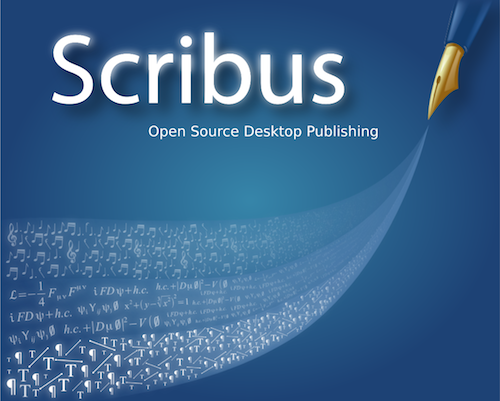
Overall though, it's a credible alternative for anyone needing light to medium desktop publishing. There are a few niggles, such as the fact you'll need to install open source software GIMP if you want to resize images "within" Scribus itself. It has serious print production tools such as pre-flight checks that simulate exactly how your project will transfer from screen to page at a commercial printers' facilities. That said, the clean approach does make good use of the available space.Īs well as having all the features you'd expect in terms of layout and design, such as automatically flowing text through a series of frames, which can be in different shapes, it's clear this isn't just a toy for producing posters for a child's birthday.

It's relatively simple to use, though it may take a while to adjust to the fact that there aren't any toolbars or menu bars displayed by default, so you'll need to switch them on as you need them. Today Adobe InDesign is the clear choice for those with serious cash to splash, but Scribus offers a genuinely viable open source option.


Back in the day, anyone who wanted desktop publishing tools had to choose between the expense of dedicated software such as Adobe Pagemaker or QuarkXpress (which could be a costly mistake if you picked one that you didn't get on with) or the sheer frustration of trying to produce decent layout in Microsoft Word.


 0 kommentar(er)
0 kommentar(er)
